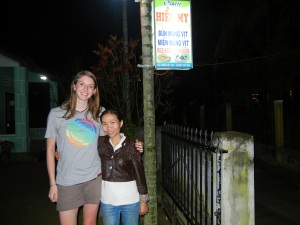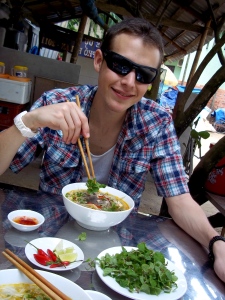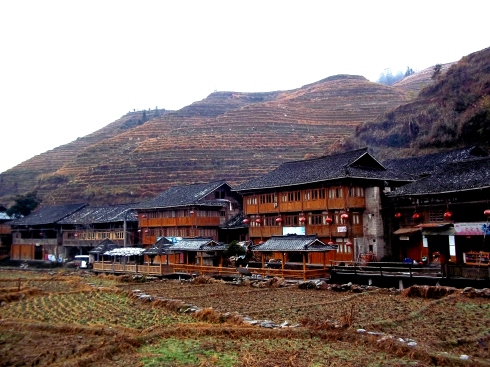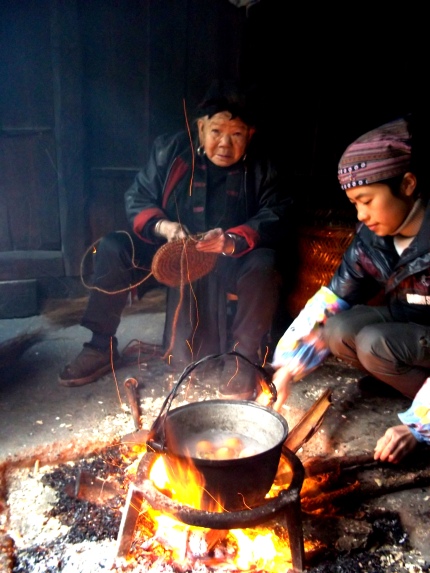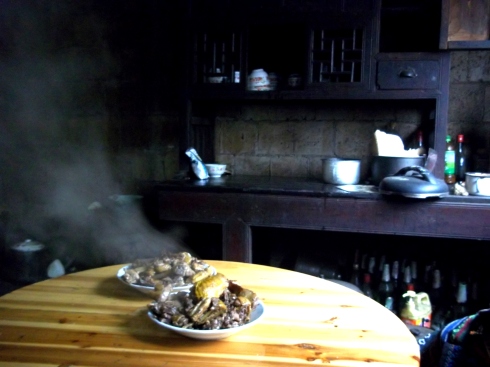Here’s the second part–despite the truth of the first post, there are many things that I will truly miss after I leave China. Here are some of them.
- Having restaurants and markets within short walking distance
- Cheap and delicious restaurant meals
- The shopkeepers who line the block around the school and let me practice my Chinese
- My kindergarten kids!
- The fun middle school classes who ask questions, use English in class, and do hilarious skits to practice their English
- My apartment, despite its plumbing flaws
- The man and woman who make the chicken sandwiches across from the school
- The man from the fried chicken and french fries place that always chats with me and patiently tries to understand my Chinese
- My weekly lunch dates with my girls from class 22
- Playing rambunctious games of Settlers of Catan with the foreign teachers and dishing about our week
- My students that I’ve tutored to study abroad–Volcano (Aiden), Chris, Eileen, Echo, Victoria, and Peco
- Seeing my kindergarten kids walking together to the playground and having them all shout my name at the top of their lungs and hug my legs as I go by
- Walking into class 5 (middle school) and having the kids run up to me and ask what we’re learning today
- Pretty much every student in class 18 (middle school)
- Learning random Chinese words from hearing students say them in class
- The cheapness of taxis
- The sushi chefs from our weekly sushi restaurant who chat with us as they prepare the food
- The adorable couple who own the Taiwanese restaurant and the staff there that laughs when we order the same thing every time
- Kenneth, the man from Hong Kong who owns the honey shop and chats with us when we stroll past his store. A kind, wise person. He was the hardest so far to say goodbye to.
- The guy who gives us haircuts and talks to us about his dream of opening a hair salon in Los Angeles
- Being able to go home and take a nap at lunchtime if I need to
- Making coffee for my tutoring students
- Being able to take a train to just about any other city
- Street food
- Countless milk tea shops
- The old man and woman who sell us fruit at the outdoor market and always sneak extra fruit into our bag as a gift
- Chinese babies
- Sharing and hearing travel stories with other people
- Making friends unexpectedly
- Hot Pot on cold nights
- The Muslim restaurant with the little boy that always runs around the tables
- Julia, the kindergarten teacher from Xiao class 5
- Watching people ride on their bikes with strange objects, like trees
- The thrill of a fast, frightening taxi ride
- The familiarity of able to call any older woman I’ve just met “Auntie” (ayi)
- The mojito place in Beijing on a hot summer day
- Letting my cat out at night to go gallumphing down the empty hallway and back
- The guard at the east gate who always smiles and waves at us as we go in with our grocery bags, and sometimes asks us what we’re making for dinner
- The pretty girl that we buy fruit from just down the street
- The lady who used to have a restaurant next to the school and gave us food from her own table so that we could try new things
- Eating the amazing meals that Jerry’s mother makes
- Hanging out with Jerry…but, maybe we’ll be hanging out with him in the U.S. as well once he begins university there!
- Peking Duck
- Meeting people from so many places in the world
- Those moments where I recall, again, the excitement I felt about being in a different place when I first stepped off the plane in Beijing
























